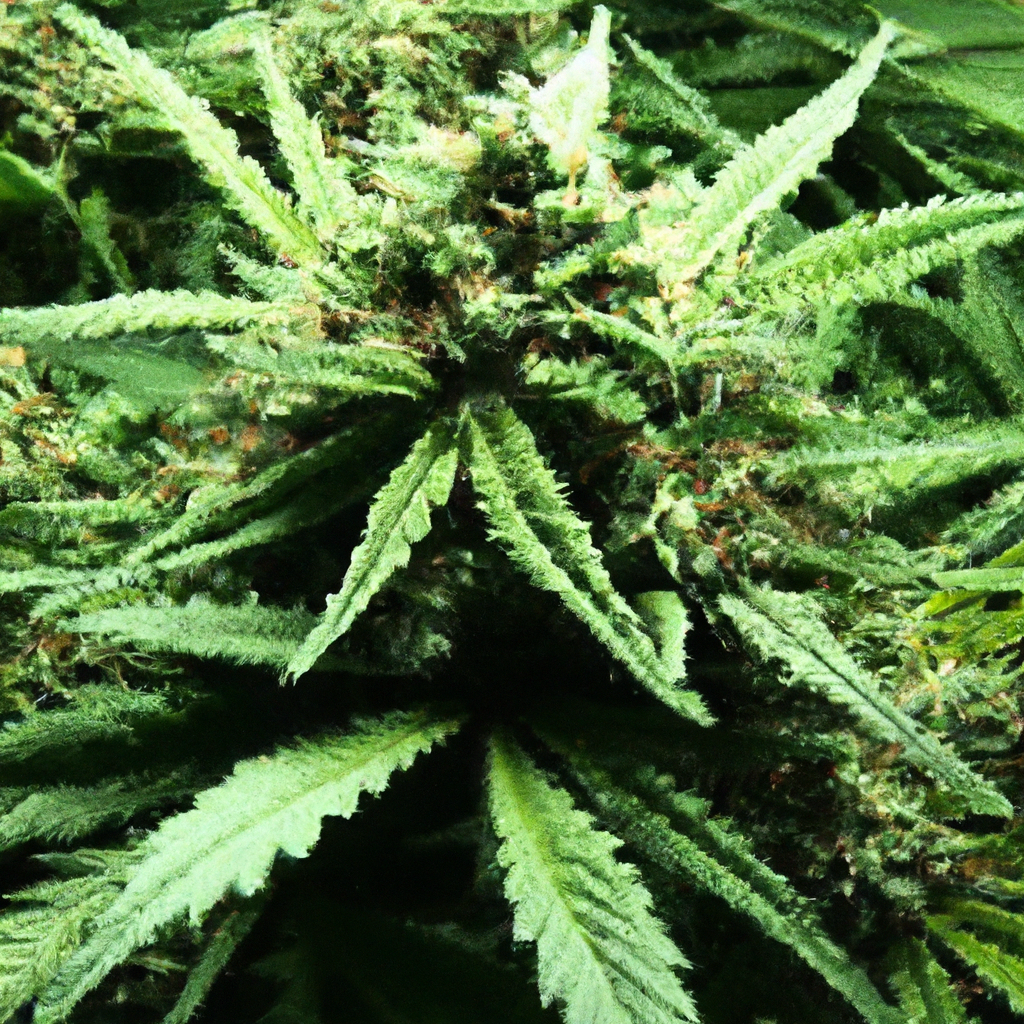Welcome to the world of cannabis cultivation, where attention to detail can transform ordinary grows into extraordinary harvests. One of the most critical yet overlooked aspects is managing the Vapor Pressure Deficit (VPD) in your grow environment.
I’m John “Magic” Greenleaf, a cannabis cultivator with over 30 years of experience growing in Colorado’s unique high-altitude climate. Today, I’m lending you my insights on how understanding and optimizing VPD can lead to healthier plants and higher yields.
Understanding VPD: What Is It?
VPD stands for Vapor Pressure Deficit, a term that describes the difference between the amount of moisture in the air and the maximum amount of moisture the air can hold at a given temperature. This concept is crucial for understanding how plants transpire water and take up nutrients.
Simply put, the right VPD can make your cannabis plants more efficient in terms of water and nutrient uptake, which directly translates to more robust growth and superior bud quality.
Optimal VPD Ranges for Cannabis
Balancing VPD involves adjusting temperature and humidity. Here’s what you should aim for during the different stages of growth:
- Seedling Stage: Target a VPD of 0.4 – 0.8 kPa. The environment should be more humid to help young plants establish their root systems.
- Vegetative Stage: Ideal VPD is between 0.8 – 1.2 kPa. Stable humidity promotes vigorous vegetative growth.
- Flowering Stage: Maintain a VPD of 1.0 – 1.5 kPa. Less humidity is preferred to prevent mold and maximize resin production.
Understanding these target ranges will optimize plant health, increase resistance to environmental stressors, and improve overall yield.
Steps to Optimize VPD
To achieve the ideal VPD, you need to continuously monitor and adjust your grow environment. Here are some steps:
- Invest in Quality Monitoring Tools: Use digital hygrometers and thermometers to track humidity and temperature accurately.
- Use Climate Control Equipment: Implement dehumidifiers, humidifiers, heaters, and air conditioners to maintain desired conditions.
- Evaluate and Adjust Regularly: Consistently evaluate the environment at different times of the day and make adjustments as needed.
- Utilize Automation: Consider using automated systems to adjust the climate based on real-time data, which can significantly enhance your control over VPD.
By integrating these strategies, you will not only master VPD but create a thriving environment for your cannabis plants.
Conclusion: Adopt VPD to Unlock Your Grow’s Potential
Incorporating VPD management into your cannabis cultivation practices might seem challenging at first. But trust me, as you gain more control over environmental factors, you’ll witness noticeable improvements in plant health and yield.
Remember, cannabis cultivation is not just about growing plants; it’s about creating the perfect ecosystem where they can thrive. Start managing your VPD today, and thank me at harvest time!


Leave a Reply